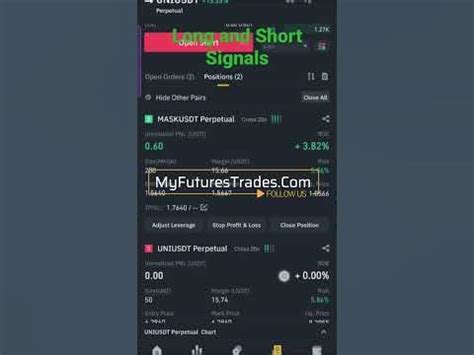Vitorul Cryptoart: How Crypto-Monnaie revolutionizes the world of art
In recent years, the art world has undergone significant change with the increase in digital assets. One of the most innovative and interesting developments in this space is the appearance of Cryptocreurncia as an environment for the purchase, sale and collection of unique works of art. In this article, we will deepen in the world of crypto and will explore its potential impact on the digital asset market.
What is crypto?
Crypto-y-A refers to the original works of art created using cryptographic techniques, such as blockchain technology and decentralized applications (DAPP). These artists use digital tools to produce works not only unique, but also immutable and transferable. The most popular cryptocurrency used for the purchase and sale of Cryptoart is Ethereum (ETH), which has become the favorite platform for many artists.
Crypto growth
The concept of cryptoart was introduced for the first time in 2014 by Vitalik Buterin, a Canadian Canadian programmer who created a digital portfolio based on the blockchain called Ethereum. Buterin’s vision was to create a decentralized platform with Open Source, which would allow users to create and exchange unique digital assets, without the need for intermediaries.
Since then, CryptoArt Square has grown exponentially, new artists and projects appearing each year. The best-known examples of cryptocurrency include the “cryptokites” collector game, which was launched on Ethereum blockchain in 2017 and “NFTS” (fleas that do not work) which have become a fundamental element of the market Digital art.
How the cryptocurrency revolutionizes digital assets
The cryptocurrency revolutionizes the digital asset market, offering artists an unprecedented creative freedom. With the possibility of selling and buying unique works of art on decentralized exchanges (DEX), CryptoArt has democratic access to high -quality digital assets, which makes them accessible to a wide range of audiences.
Here are some key means of which cryptocurrency has an impact on the market for digital assets:
- Decentralization : Cryptocurrency platforms such as Ethereum and Binance Smart Chain allow artists to create and sell unique digital assets directly on their own blockchain, not counting on intermediaries.
- Immutable property : Blockchain technology guarantees that the property of digital assets is immutable, eliminating the risk of flight or modification.
- Terfability : The cryptocurrency can be easily transferred between portfolios, allowing artists to buy and sell unique works, without having to have physical children.
- Managed by the community : The cryptocurrency community has created a new model of collaboration and creativity, many artists sharing their work, offering comments and engaging in discussions on social networks.
The impact of crypto on the world of art
The cryptocurrency not only changes the way we think of digital art, but also how we experience it. With the growth of NFTS, collectors can now buy unique and verifiable works of art that are stored on a blockchain and can be easily exchanged.
Here are some key ways whose crypto has an impact on the art world:
- Democratization : The cryptoart has democratized access to high quality digital assets, which makes them accessible to a wide range of audiences.
- New commercial models : NFTS growth has given new commercial models for artists and galleries, such as services based on exclusive subscriptions and offers.
- Cauvaise Transparency : Blockchain technology ensures transparency on the art market, allowing buyers to check the property and follow the origin.
- The growth of digital collectors

: Cryptoart leads a new generation of digital collectors who are impatient to buy, sell and exchange unique works of art.
Conclusion
The future crypto seems brilliant, its potential impact on the digital asset market is important.

